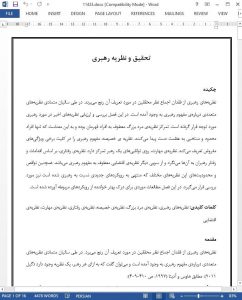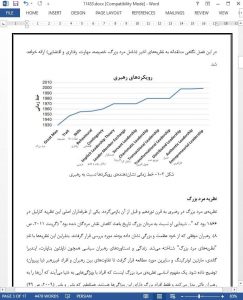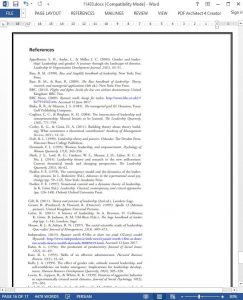Abstract
Leadership theories are plagued by the absence of a defnitional consensus among scholars. Many theories have emerged about leadership over the years. Tis chapter examines and evaluates the diferent early theories of leadership. Te Great Man theory focuses on heroic individuals, implying that only a selected few can achieve greatness. Te trait theory conceptualises leadership on the universality of some given attributes. Te skill theory focuses on the abilities of a leader. Behavioural theory views leaders based on their actions and behaviour, while the contingency theory concerns the context of leadership. Te shortcomings and limitations of these diferent theories, which have led to newer approaches to leadership, are also examined. Case studies are available to assess the reader’s understanding of the relevant approaches in this chapter.
Introduction
Leadership theories are plagued by the absence of a defnitional consensus among scholars. Many theories have emerged about leadership over the years, and it might even be said that there are as many theories of leadership as there are leaders (Gill 2011). According to House and Aditya (1997, pp. 409–410),
Almost all of the prevailing theories of leadership, and about 98% of the empirical evidence at hand, are rather distinctly American in character: individualistic rather than collectivistic, stressing follower responsibilities rather than rights, assuming hedonism rather than commitment to duty or altruistic motivation, assuming centrality of work and democratic value orientation, and emphasizing assumptions of rationality rather than asceticism, religion, or superstition.
Summary
This chapter examined and evaluated the diferent early approaches and theories of leadership. Te Great Man theory focuses on heroic individuals, implying that only a selected few can achieve greatness. Te trait theory conceptualises leadership on the universality of some given attributes. Te skill theory focuses on the abilities of a leader. Behavioural theory views leaders based on their actions and behaviour, while the contingency theory concerns the context of leadership. Te shortcomings and limitations of these diferent theories, which have led to newer approaches to leadership, were also examined.











